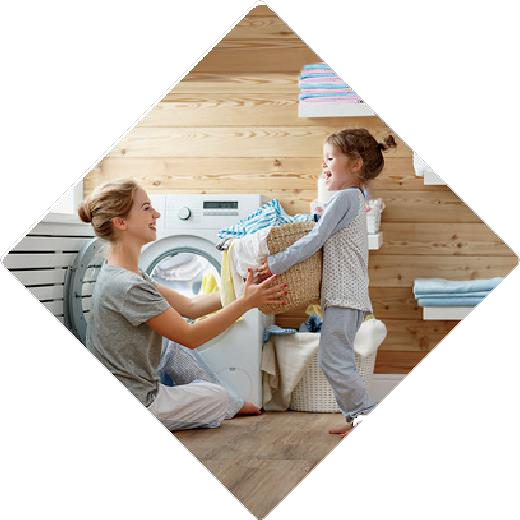Water softening
Enjoy the best design and functions combined together
Water softening, the reduction of calcium and magnesium from water to lower total hardness, is achieved through the ion exchange process, resulting in significant savings on soap and laundry products as wellas increased longevity of appliances (hot water heaters, dishwashers, washing machines) due to reduction of lime scale formation. The process employs a variety of ion exchange resins, depending on the application.

How Water Softening Systems Work
Hard water passes through the media tank that contains resin beads coated with sodium ions. The calcium and magnesium ions are exchanged for sodium (or potassium) ions, thus softening the water.
When the beads have trapped the hardness and need to be regenerated, the control valve charges them with brine (salt and water solution) from the brine tank. As regeneration occurs, calcium and magnesium (hardness) ions are freed from the beads, replaced with sodium or potassium ions; and the system is ready to soften water again.
Design of Softener Systems


Home
Water-using appliances will last longer and run better. Why? Because water heaters, washing machines and dishwashers using hard water can wear out up to 30% faster.
Laundry
Clothes will be softer, cleaner, whiter and brighter. Plus they will last longer. Using soft water increases the life of clothing, towels and linens up to 33%. Without hard water service issues, washing machines last longer too.
Bathroom
Soap and shampoo will lather better. Hair and skin will feel noticeably cleaner, softer and not as dry. No soap scum or mineral deposits to clean off sinks, showers, tubs or toilets.
Kitchen
Dishes will clean more easily, and be spot free, without the film glasses get when etched by mineral-laden water.

